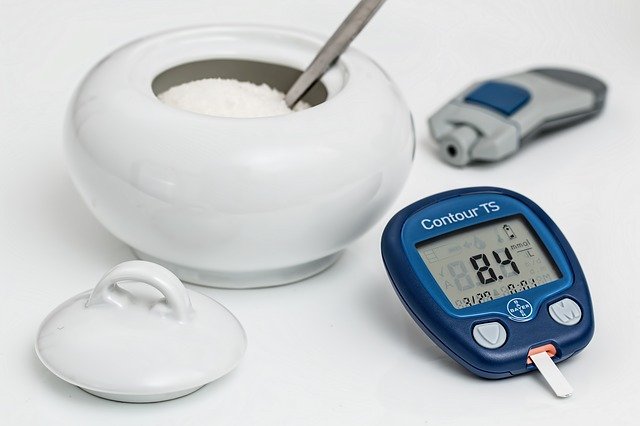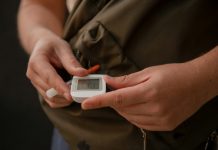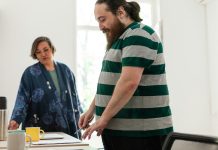
In a new study, researchers find that self-monitoring of type 2 diabetes combined with electronic feedback can save health care costs especially in sparsely populated areas.
Self-monitoring delivers savings on the overall costs of type 2 diabetes care, as well as on patients’ travel costs.
Glycated hemoglobin testing is an important part of managing diabetes, and also a considerable cost item.
By replacing half of the required follow-up visits with self-measurements and electronic feedback, the annual total costs of glycated hemoglobin monitoring can be reduced by nearly 60%.
This means each patient can save 130-300 dollars.
With fewer follow-up visits required, the average annual travel costs of patients can be reduced over 60%, from 18-48 dollars per patient.
The study was carried out in the region of North Karelia in Finland. The team applies geographic information systems (GIS) -based geospatial analysis combined with patient registers.
This was the first time the costs of type 2 diabetes follow-up were systematically calculated over a health care district in Finland.
The team analyzed 9,070 patients diagnosed with type 2 diabetes.
Combined travel and time costs amount to 21% of the total costs of glycated hemoglobin monitoring for patients with type 2 diabetes.
“The societal cost-efficiency of type 2 diabetes care could be improved in by taking into consideration not only the direct costs of glycated hemoglobin monitoring, but also the indirect costs, such as patients’ travel costs,” one author said.
“This cost model we’ve now tested in the eastern part of Finland can easily be used in other places as well to calculate the costs of different diseases, such as cancer and cardiovascular diseases.”
The study is published in the International Journal of Medical Informatics.
Copyright © 2018 Knowridge Science Report. All rights reserved.
Follow Knowridge Science Report on Facebook and Twitter.
News source: University of Eastern Finland
Figure legend: This Knowridge.com image is for illustrative purposes only.



